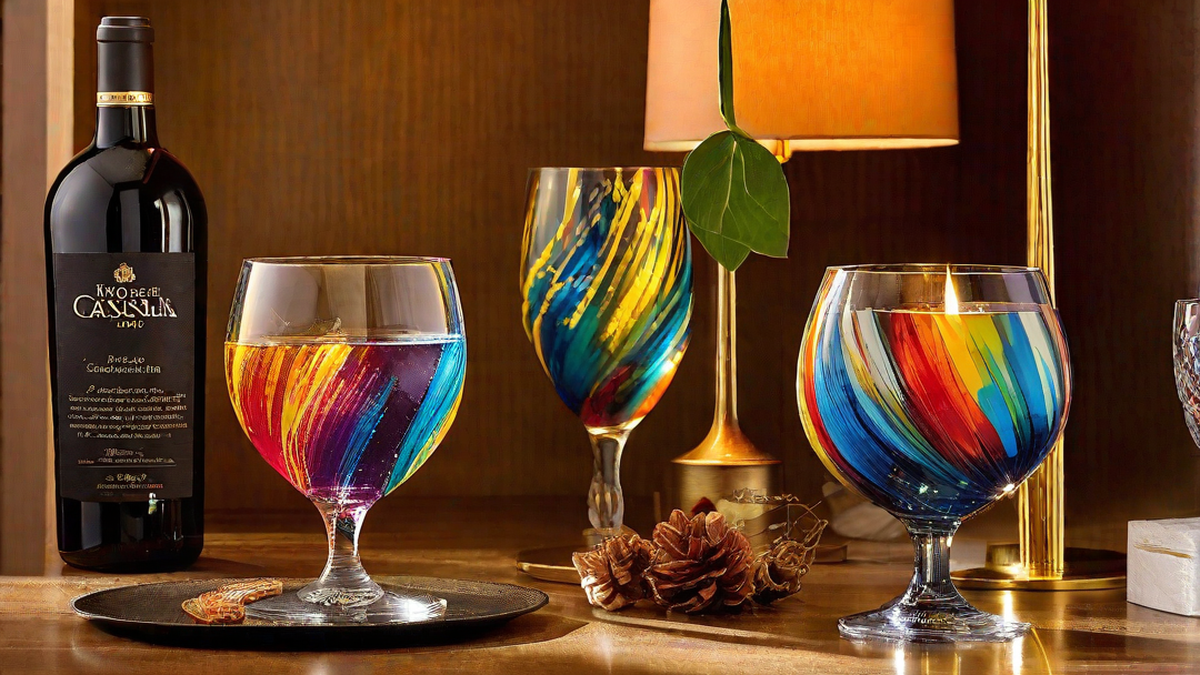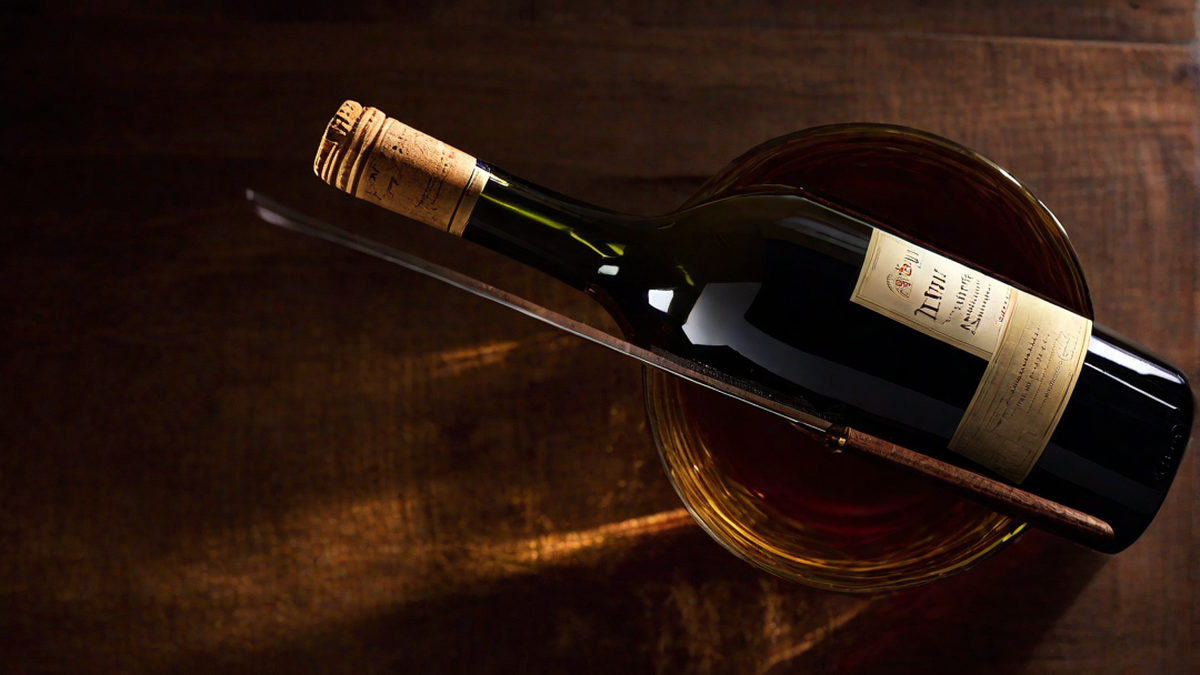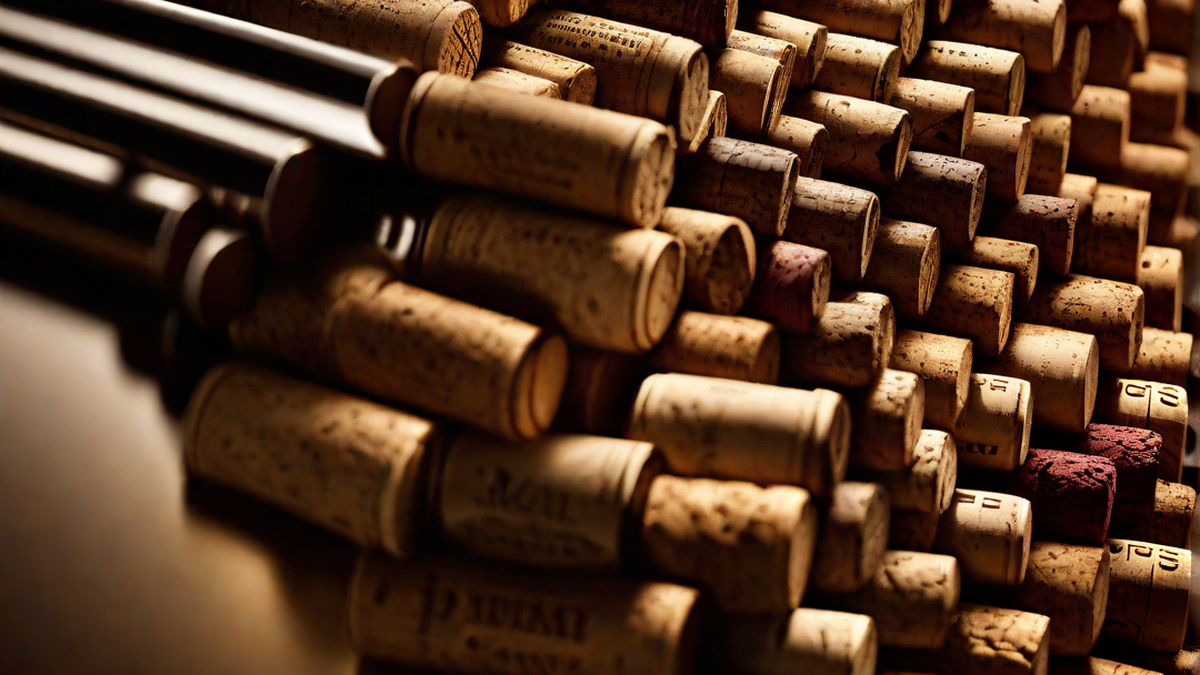Swirling wine goes beyond mere sophisticated ritual; it’s a critical component of the wine tasting journey. Being a wine aficionado myself, I’ve come to understand that the act of swirling brings out the wine’s aromatic and flavor profiles, enabling me to grasp its full intricacy. In the following article, I will divulge my own experiences and provide comprehensive advice on mastering the art of wine swirling.
The Technique
When I hold my wine glass, I gently grasp the stem between my thumb, index, and middle fingers. This prevents the heat from my hand from warming the wine and keeps the bowl of the glass free from fingerprints. As I lift the glass, I admire the color and clarity of the wine, anticipating the sensory journey that awaits.
With a subtle and rhythmic motion, I begin swirling the wine in the glass. The goal is to create mini whirlpools that aerate the wine and release its aromas. I find that a smooth, circular motion allows the wine to gracefully coat the sides of the glass, forming what is known as “legs” or “tears” that slowly trickle down. This visual aspect adds to the overall sensory experience of the wine.
The Aromas
As I swirl, I bring the glass close to my nose and take in the evolving scents. The act of swirling releases volatile compounds in the wine, intensifying its aroma. I savor the subtle hints of fruit, the earthy undertones, and the floral notes that waft from the glass. Each swirl introduces a new layer of fragrance, like unwrapping a present with multiple aromatic surprises.
The Taste
After I’ve swirled the wine for a sufficient amount of time, I take a moment to appreciate the symphony of scents before taking a sip. The aeration from swirling has softened the wine, allowing its flavors to bloom on my palate. I notice a harmonious balance between the acidity, tannins, and fruitiness, which I attribute to the swirling process.
When to Swirl
While swirling is a fundamental part of wine tasting, I’ve learned that not all wines benefit from vigorous aeration. Lighter, delicate wines may only require a gentle swirl to awaken their aromas, while bold, full-bodied wines can withstand a more robust swirling motion. It’s important to assess each wine individually and adjust the swirling technique accordingly.
Practice Makes Perfect
Learning to swirl wine with finesse takes practice, but the journey is as enjoyable as the destination. With each swirl, I gain a deeper understanding of the wine’s characteristics and a heightened appreciation for its craftsmanship. I encourage fellow wine enthusiasts to embrace the art of swirling, as it truly elevates the entire tasting experience.
Conclusion
Swirling wine is not merely a prelude to tasting; it is an art form that engages all the senses. Through my personal exploration of swirling, I’ve discovered that this simple yet elegant act unlocks the true essence of wine, making each sip a memorable encounter. So, next time you uncork a bottle, take a moment to swirl, and let the wine reveal its captivating story.




